Some scars heal, but some are worth showing off
Ever since From Software brought us their particular style of challenging gameplay in expertly crafted worlds to explore, gamers rallied behind the movement and a clarion call to other developers went out. But it wouldn’t take the fingers on a hand to count the good ones and it’s even rarer when they stand out for innovating enough to feel wholly unique on top of being a good game. This is what Mad Head Games is trying so hard to do with Scars Above, but does it succeed or is it scarred beyond recognition?
The premise of the story is relatively straightforward. Dr. Kate Ward, along with three other members of the Sentient Contact Assessment and Response (SCAR) crew of astronauts, are sent to analyze a mysterious alien construct. Almost immediately the massive shape, named the Metahedron, sends Kate and her team across the universe in the blink of an eye, crash landing on an unknown exoplanet. What we would call the game proper starts with Kate waking up to an inexplicable and exotic landscape, and setting out to find her crew. It’s the equivalent of getting out of the frying pan to run headfirst into the fire. If the Prologue doesn’t manage to give someone any form of semblance as to how Scars Above will be different, Chapter 1 will bang their heads with it.
This isn’t a run-of-the-mill Dark Souls with guns in a sci-fi setting. Such comparisons aren’t really fair because it’s more a melting pot of the best ideas from the best games, but on a much smaller budget. Sure, Kate’s movement is limited by a stamina bar but there is no encumbrance to speak of.
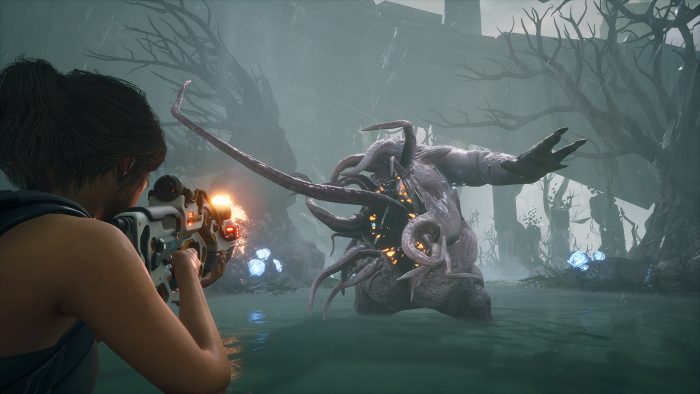
What this game does so well is how it fits Kate’s career organically into the various gameplay mechanics we get to toy around with. She’s an engineer and xenobiologist first and foremost. She’s not firing a gun, she’s using a device she engineered to control electricity on the ship. As the game progresses Kate retrofits it using her science know-how with other elemental modifications such as fire, ice and acid; all of these can be enhanced with alternate modes of fire. Kate will also be learning how to synthesize various consumables which use a resource called fiber, as well as battery powered devices that have a set number of charges.
There are monoliths she can activate, acting as checkpoints and respawning enemies; Kate won’t even gain experience from defeating enemies – she learns it from scanning things and finding collectible cubes. Kate has a skill tree she can respec at any given time to fit the scenario at no cost, and better yet the difficulty can be adjusted whenever the need arises.
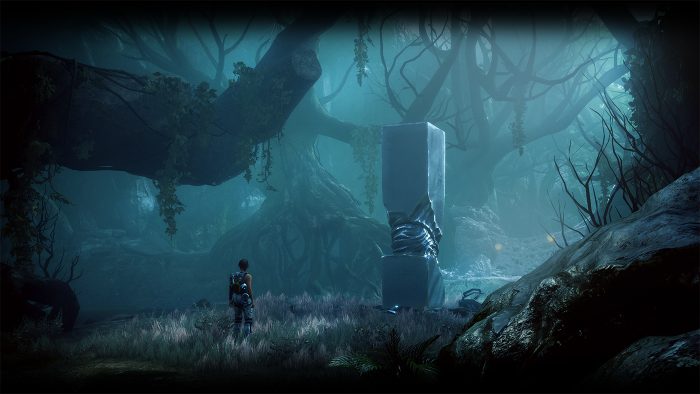
As a scientist, Dr. Ward knows survival isn’t about running in guns blazing. It’s about using the enemies’ weakness and the environment to her advantage. The game throws so much at us in the beginning that it’s hard to see this. What constitutes as the game’s first major boss, the Alluvial King, sees it spewing toxic water into mud that Kate is strafing around in. To survive Kate needs to dodge enemy attacks, shoot it with lightning and fire ammo when weaknesses come up, and freeze the poisoned mud to walk safely.
At the beginning of Chapter 2, Kate will have acquired 3 of the 4 elements for her weapons and 6 of the 9 tools. Once Kate overcomes a hurdle it’ll never be a challenge again, and that’s a design problem. It makes sense for a xenobiologist to know how to effectively deal with alien lifeforms after the fact, but the challenge inside combat rapidly depleted as the game progressed. Every enemy has a weakness, usually on their body, which devolves into hitting them with the appropriate ammo. This issue was compounded by the fact that there’s so many consumable type tools at her disposal to make each encounter much easier. That’s not to say the game is bereft of challenge, but more that progression feels backwards. It should be noted some might not like the absence of lock-on in the game, but it didn’t feel like it mattered in combat. Also something to point out is Scars Above has a boss on a lake, which ended up being one of our favorites in recent memory as it perfectly blended quick thinking with quick reflexes.
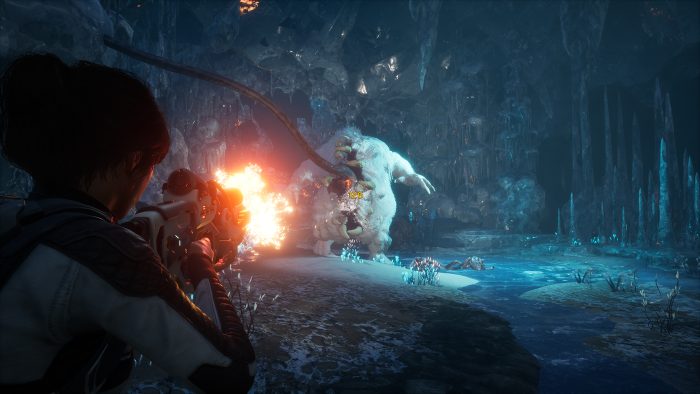
Kate also has a bevy of skills to unlock, each separated between her Engineering and Xenobiology degrees. Interestingly, most of the skills one would gravitate to in such a game were the most useless to pick, such as a base health or stamina increase. Instead, there was an option to heal 25% with a melee kill or increase max resources and ammo by 50%. It didn’t much matter in the end because by the close of the game Kate was fully maxed out with 13 points to spare.
Another game mechanic that organically fits into what she does for a living are the puzzles. This is very much a third person adventure game as much as it is an action game. Kate will come across enigmatic alien keycards, batteries to collect, alien lifeforms to scan, and she’ll also need to reconstruct what happened to her crew with holographic scanning.
Once the story starts progressing it’s interesting if not cliched. A lot of this is helped due to a surprising diversity of biomes for such a shorter, and smaller budget game. There is a lot packed in here to experience. Kate will start in swamplands, spelunker through caverns, use fire ammunition to light up hot spots in icy tundra or die from hypothermia, explore an H.R. Giger-like hive, and more. It’s unfortunate the enemies never felt as varied as the regions she got to discover.
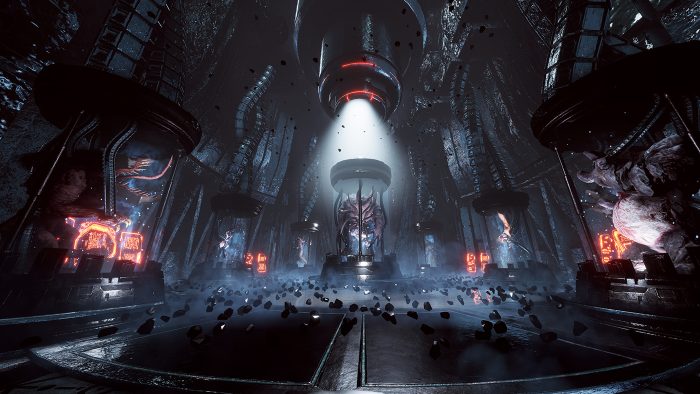
I recommend giving Scars Above a shot. It might not be as long or as refined as the big AAA games it takes from, but it’s still an entertaining and focused experience at almost half the cost. It’s definitely looking like Scars Above could be a sleeper hit for gamers on a budget, and one that is definitely setting up a sequel, something I am all for. With a bigger budget behind them, Mad Head Games could make something truly special.
This review is based on a PlayStation code sent to SideQuesting by the publisher. It was played on a PlayStation 5. All images and video courtesy Mad Head Games.

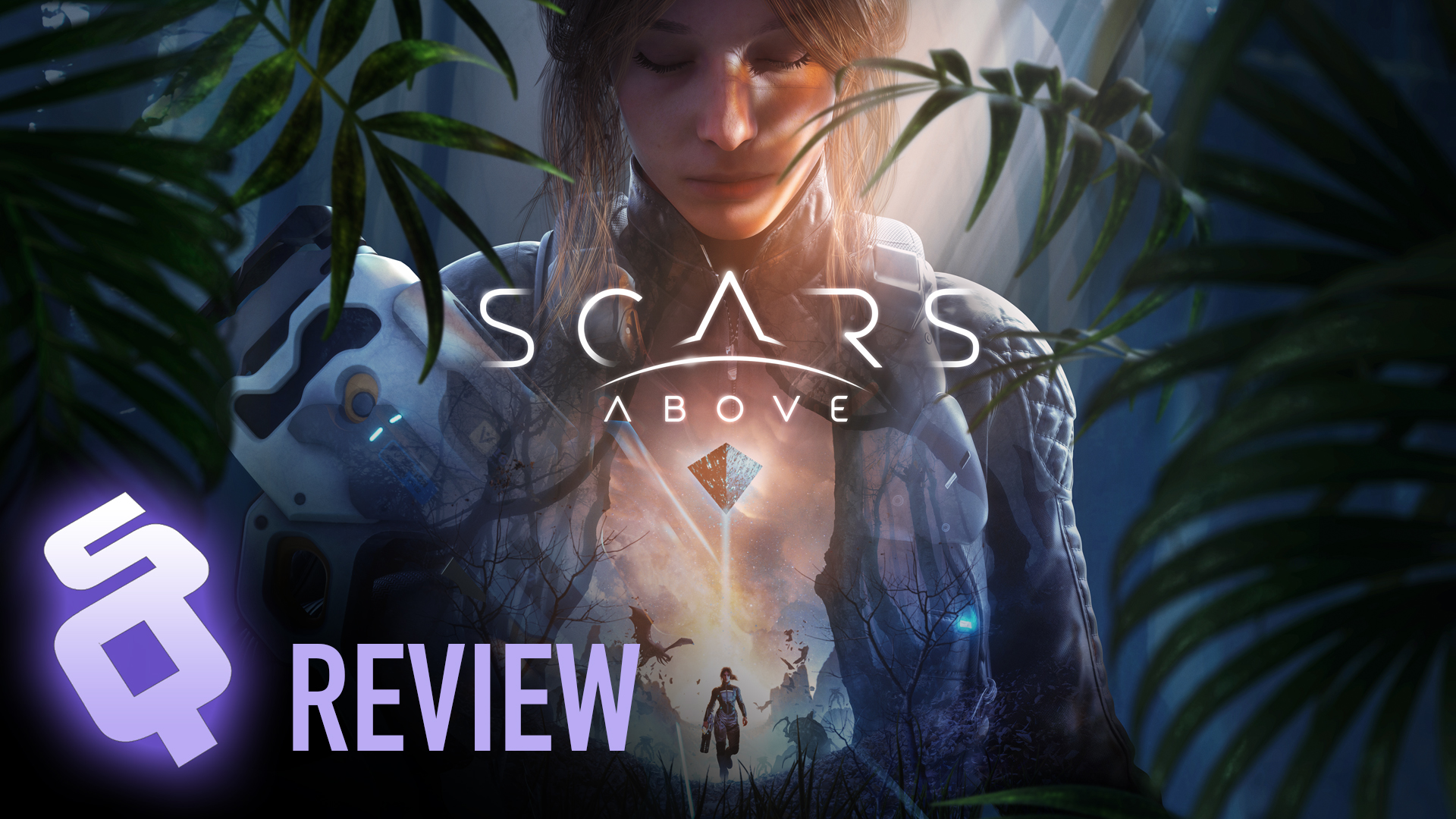
No Comments